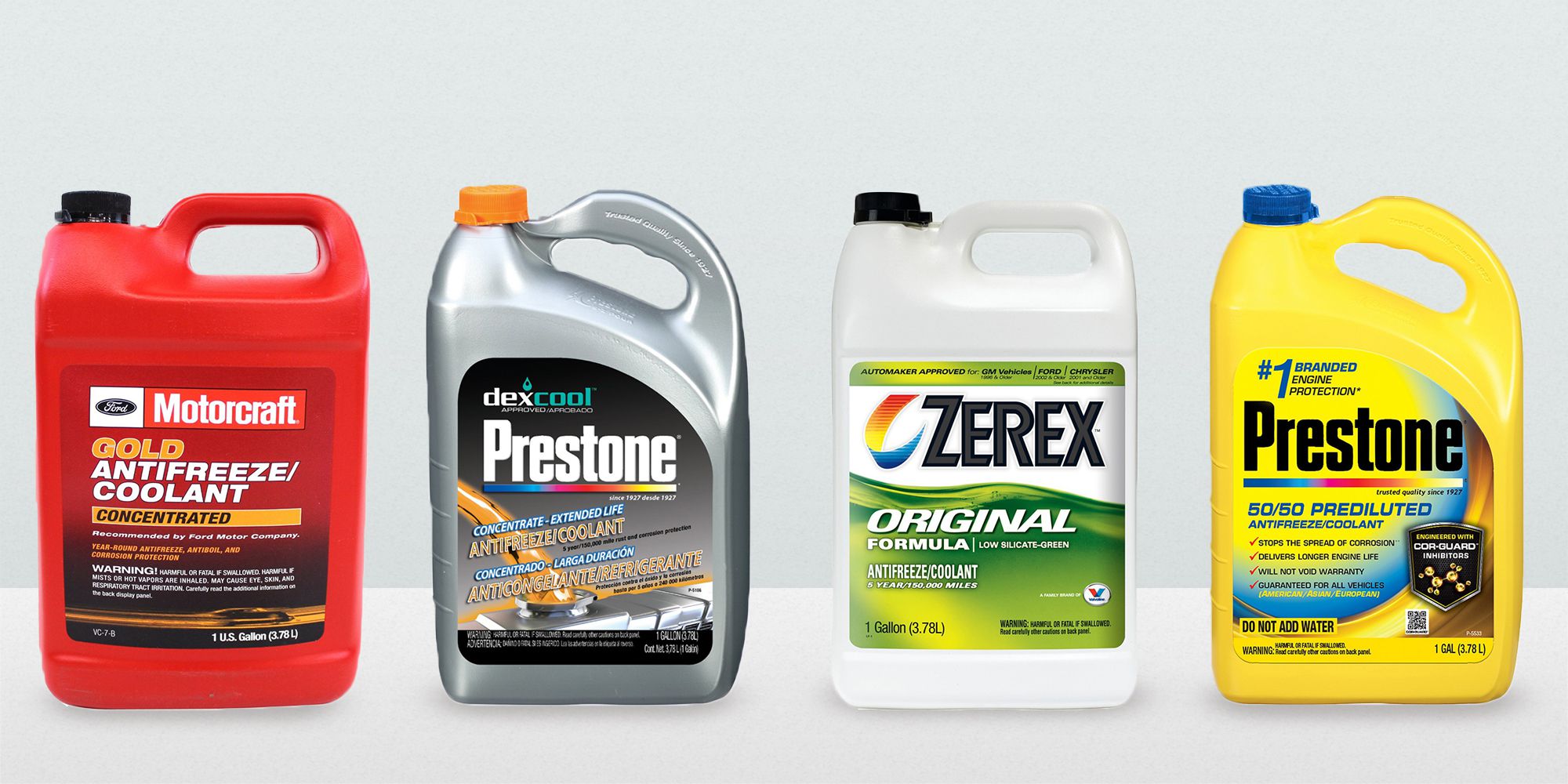
.jpg)
Read the owner’s manual before using this coolant in an older model just to be sure. Both the colours are found in the OAT formula. If you’re wondering the difference between red and orange coolants– the answer is simple. OAT coolants are recommended to be flushed out of the cooling system at an interval of 10 years or after every 22,000 kilometres. With the help of special additives, the coolant system is prevented from rust and corrosion, but metal parts might need some servicing over time.

There are no phosphates or silicates in the OAT formula, in fact, the formula contains corrosion inhibitors offering improved protection of the coolant systems and a long-lasting one. Red and orange coolants: An OAT (Organic Acid Technology) formula liquid coolant comes in different colours including orange, blue, dark green, red and bright red. Let us go through the difference between red, orange and green coolants in detail. Difference between red, orange and green coolant Different coolant colours in cars have different properties Using the wrong coloured coolant will damage your car’s performance and end up deteriorating the radiator and engine. This colour difference isn’t there to make your coolant look fancy or pretty, but it has a very important purpose. You might notice a new coolant colour in the reservoir of your new car different from the coolant colour in the reservoir of your last car. In the UAE, coolants come in red, orange and green colours. Difference between coolant colours in cars When choosing the right coolant, you need to understand the difference between each colour and how that affects your car’s performance. Moreover, coolants also prevent car metal parts from rusting and ensure that the rubber or plastic vehicle parts don’t corrode. Car coolants absorb the heat from the engine and prevent engine water from boiling.

many coolant manufacturers use different colours.Engine coolant is a fluid that keeps a vehicle’s radiator from overheating in extremely hot weather conditions. Newer coolants, based solely on the OAT chemical make-up, now offer a 10-year or 150,000 km change interval thanks to their superior corrosion protection. They could be a blend of IAT and OAT chemicals, and were therefore named ‘Hybrids’. These ‘Extended Life Coolants’ (ELC), were usually orange in colour and offered a five-year or 100,000-km change interval.

Next came Organic Acid Technology (OAT) coolants, whose chemical make-up offered better protection for cooling systems, and extended the life of the coolant. With these types of coolants, you’d normally have to change them every two years, or every 60,000 km Older coolants that used Inorganic Additive Technology (IAT) were usually blue or green in colour. In days gone by, the colour of coolant was determined by the type of chemicals used to prevent corrosion - meaning you could tell a lot about the type of coolant used by its colour. However, it’s important to make sure you’re putting the right liquid into your car, so here we give a bit of insight into the differences, and also provide a solution in case you’re confused about which type of coolant/antifreeze to use or worried about what’s in your car. There are historical reasons why it comes in different colours, and different brands use different colours as well, but these days it doesn’t necessarily tell you all that much. The colour of engine coolant isn’t there to make it look pretty. Have you ever wondered how pink, orange, blue and green engine coolants differ from each other? Perhaps you’ve bought a car, checked the coolant/antifreeze reservoir for the first time and noticed it was different from your last car.


 0 kommentar(er)
0 kommentar(er)
